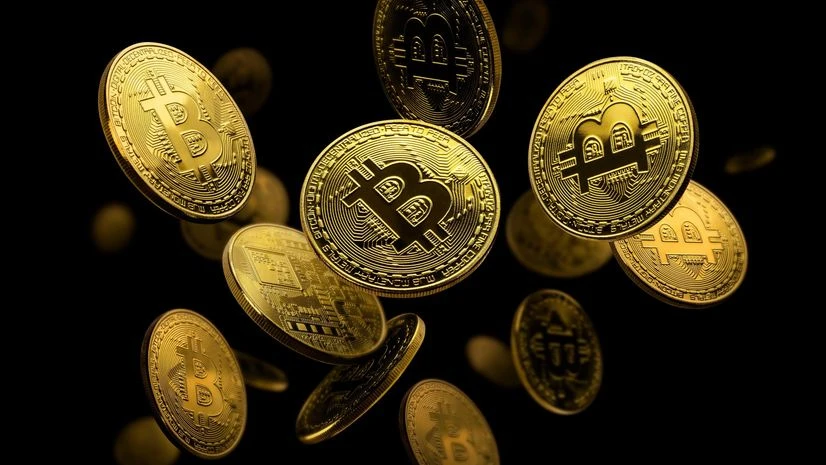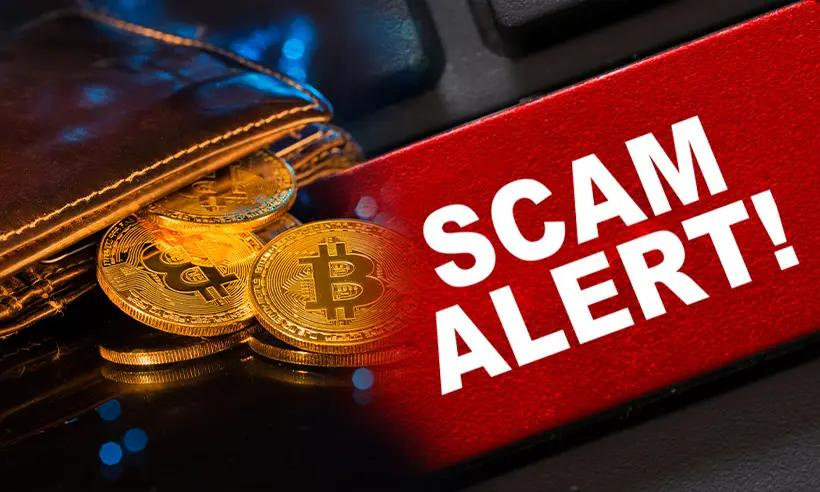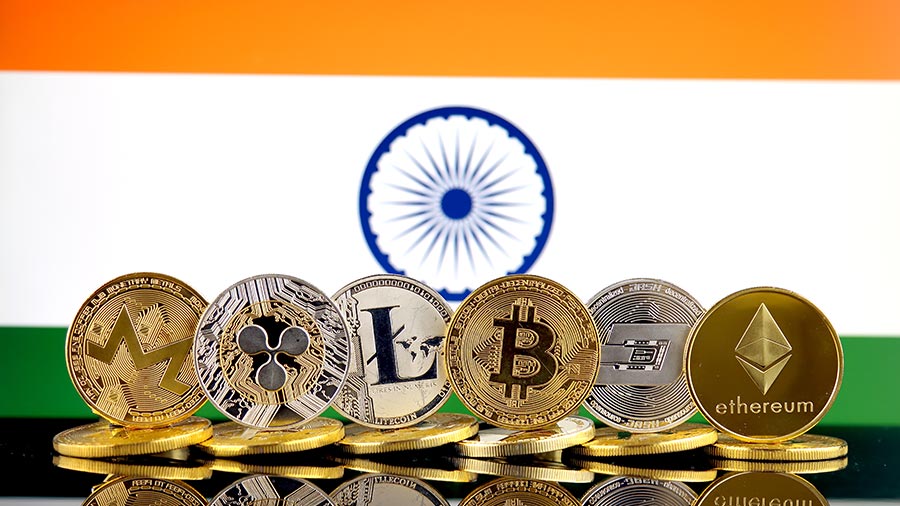Now Reading: Institutional Flows and ETF Momentum: What It Means for Indian Crypto Traders
-
01
Institutional Flows and ETF Momentum: What It Means for Indian Crypto Traders
Institutional Flows and ETF Momentum: What It Means for Indian Crypto Traders

The global crypto market is buzzing again, and one major reason is the surge of institutional money flowing into digital assets through Exchange Traded Funds (ETFs). For Indian investors, especially those in Tier-2 cities, the impact of these global moves is slowly becoming visible. The question is how much these developments really matter to local traders and what signals they should pay attention to.
Institutional flows are considered a sign of maturity in the crypto market. Large funds, banks, and corporate investors bring stability and credibility, which retail traders often look for before making decisions. When big institutions back Bitcoin or other digital assets through ETFs, it sends a message that the asset is no longer on the fringes. For traders in cities like Nagpur, Surat, or Lucknow, this translates into growing trust and confidence in crypto.
ETFs are designed to make investment easier by allowing people to buy into crypto without directly holding the asset. Globally, the approval of Bitcoin and Ethereum ETFs has created a ripple effect, pushing prices upward and drawing more investors. In India, while direct access to such ETFs is still limited, the sentiment carries over. Local exchanges often see a spike in activity whenever international ETF news breaks.
The influence of institutional flows can also be seen in how markets react to volatility. Retail investors tend to panic-sell during corrections, but institutions usually stay invested for the long term. This creates a cushion that can stabilize prices to some extent. For small traders in Tier-2 regions, this is both an opportunity and a lesson—stability does not erase risk, but it can reduce extreme swings.
There are challenges too. The Indian regulatory environment remains uncertain, and tax policies still discourage many from trading actively. Without clarity from policymakers, institutional influence may only have an indirect effect here. Moreover, easy entry through ETFs might encourage some to join the market without fully understanding the risks, leading to overexposure.
For Tier-2 city investors, the takeaway is simple. Institutional flows and ETF growth are signs that crypto is moving toward mainstream acceptance. But while global signals can inspire confidence, the local context—regulation, taxation, and access—will decide how much it benefits Indian traders.
In the end, ETF momentum shows that crypto is no longer just a niche asset class. For Indian investors watching from outside metro hubs, it’s a reminder that global trends are worth tracking, but decisions must still be rooted in caution, awareness, and realistic expectations.

























